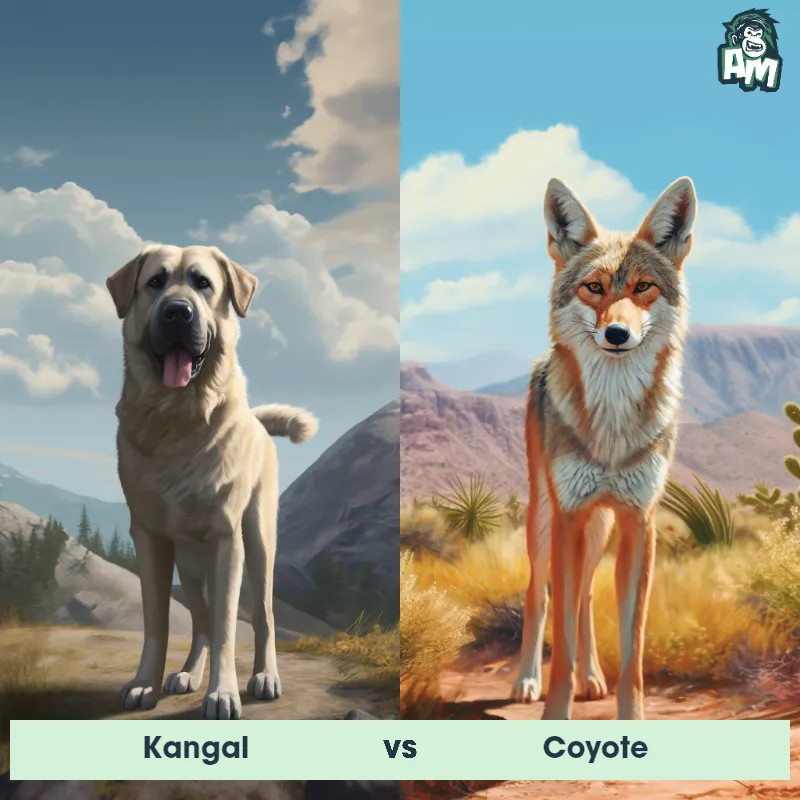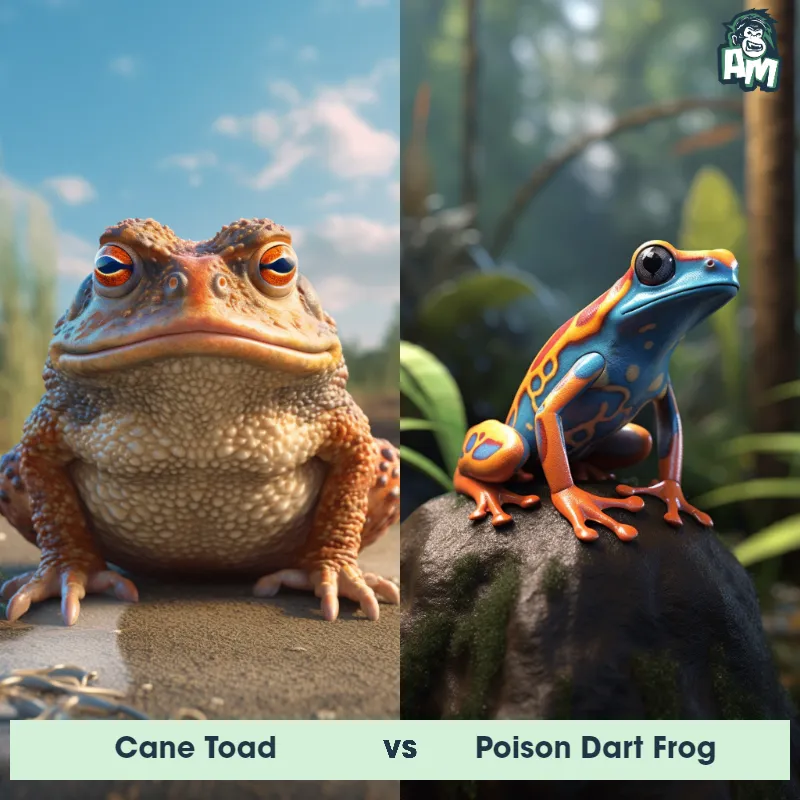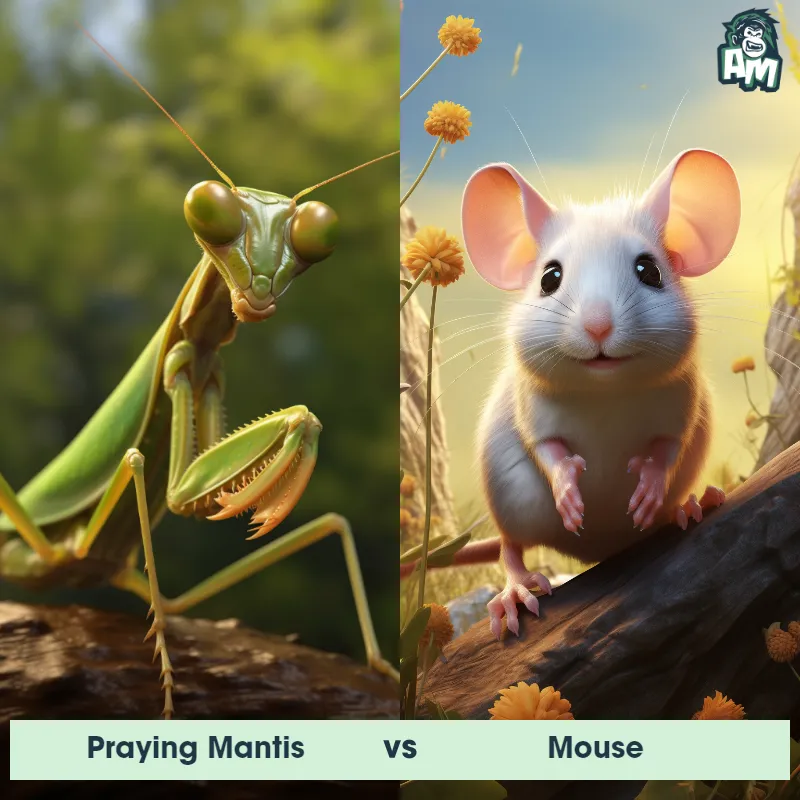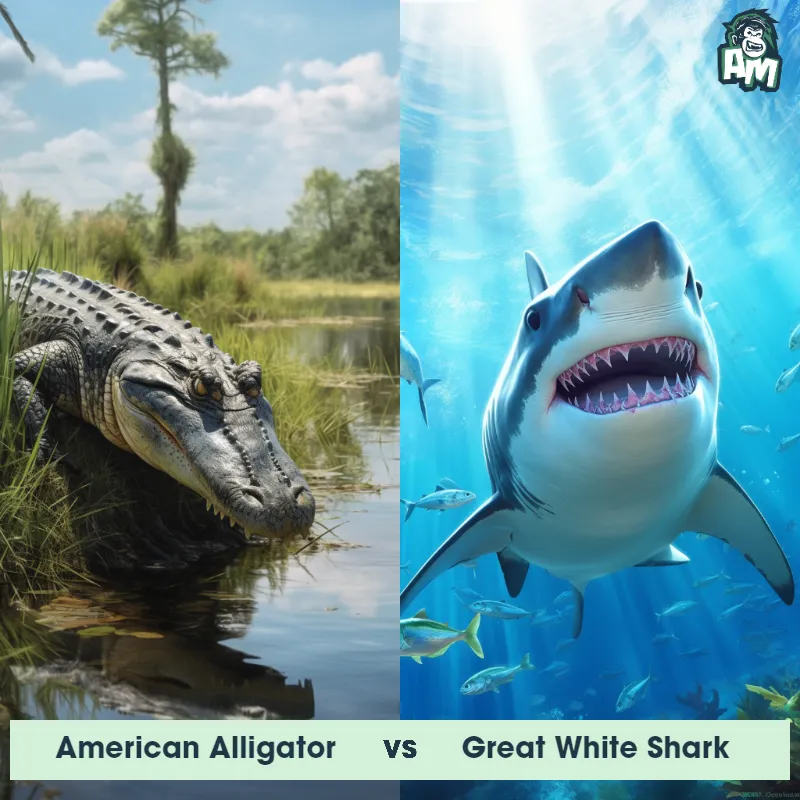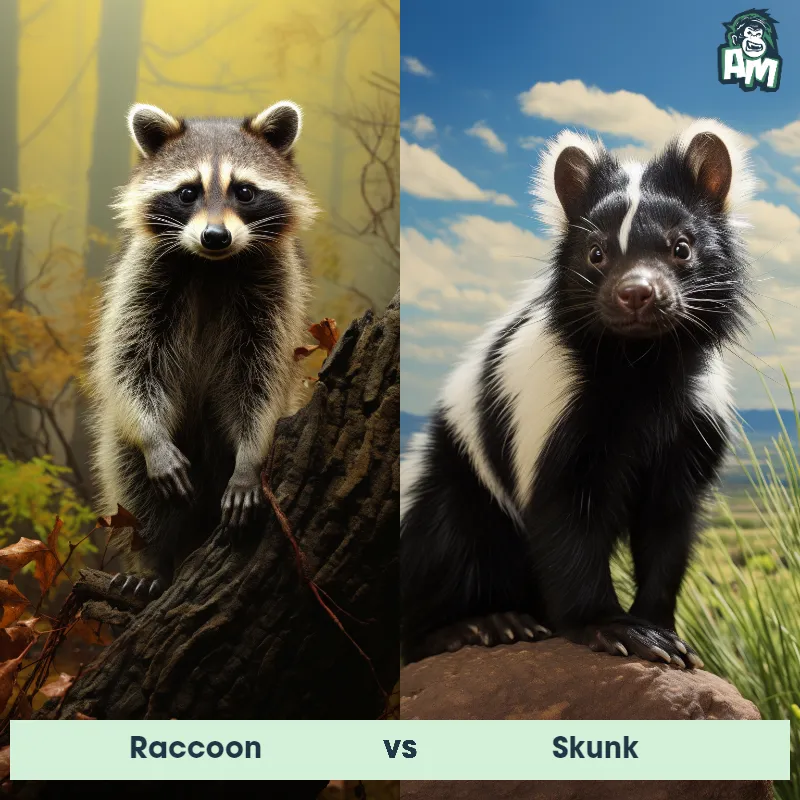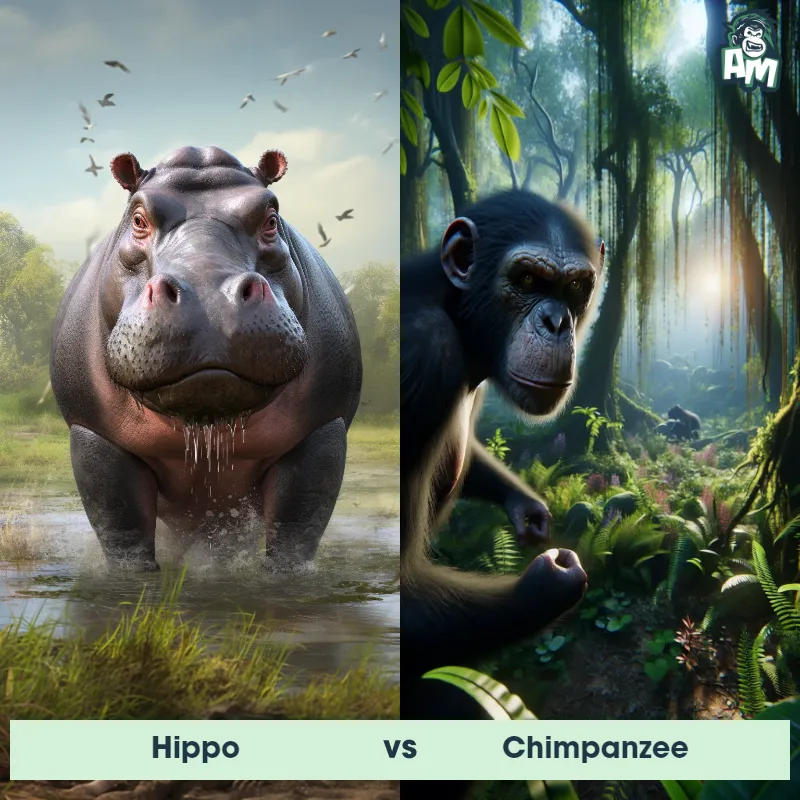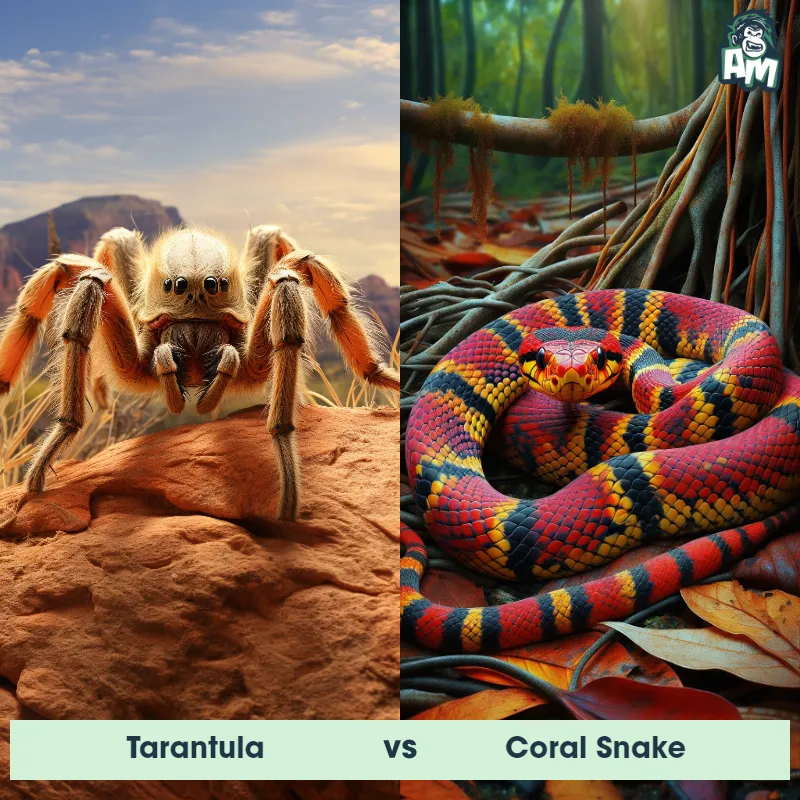Ichthyovenator vs BaryonyxSee Who Wins

Welcome to the thrilling showdown between two formidable Andedosaur rivals! In the ring, we have the agile Ichthyovenator with its distinctive sail, versus the powerful Baryonyx, boasting a formidable claw. Both are hungry for victory, so let's dive into the action!
Contender 1: Ichthyovenator
The Ichthyovenator, also known as the "fish hunter," was a theropod dinosaur that lived during the Early Cretaceous period. It had a long and slender body with sharp teeth adapted for hunting fish, and it likely had a sail-like structure on its back for display. Its large, clawed hands were used for grasping prey, and its overall size ranged from 20 to 30 feet in length.
Fun Fact: Ichthyovenator had a unique adaptation in its jaw that allowed it to open its mouth wide to catch fast-moving fish, similar to modern-day crocodiles.
Contender 2: Baryonyx
The Baryonyx, also known as the "Heavy Claw," was a large theropod dinosaur that lived during the Early Cretaceous period. It had a long, crocodile-like snout filled with conical teeth, a large claw on its first finger, and walked on two powerful hind legs. This carnivorous dinosaur had a streamlined body, perfect for hunting fish and small prey near water sources.
Fun Fact: Baryonyx is thought to be one of the few known dinosaurs that primarily hunted fish, as evidenced by the remains of fish scales and bones found in its stomach contents.
Matchup Stats
| Ichthyovenator | Baryonyx | |
|---|---|---|
| Size | 20-30 feet (6-9 meters) | Approximately 25 ft (7.6 meters) in length |
| Weight | Unknown | Around 2,200 lbs (1,000 kg) |
| Speed | 25 mph (40 km/h) | 25 mph (40 km/h) to 30 mph (48 km/h) |
| Key Strength | Grasping abilities | Powerful claw |
| Biggest Weakness | Slightly built body | Vulnerable underbelly |
Current Votes
Ichthyovenator vs Baryonyx
See Who Wins
View More Matches
Looking For More?
Similar Matches
Scientific Stats
| Ichthyovenator | Baryonyx | |
|---|---|---|
| Scientific Name | Ichthyovenator | Baryonyx walkeri |
| Family | Spinosauridae | Spinosauridae |
| Habitat | Coastal environments | Near water sources |
| Geography | Early Cretaceous period | Europe |
| Diet | Fish | Fish and small prey |
| Lifespan | 20 years - 25 years | 25 years - 30 years |
Key Differences between Ichthyovenator and Baryonyx
- Snout Shape: Both had elongated snouts, but the snout of the Baryonyx was more robust and thicker.
- Geographic Range: Ichthyovenator fossils were found in Southeast Asia, specifically Laos, while Baryonyx was primarily discovered in Europe, specifically in England.
- Spine: Ichthyovenator had a distinctive kinked sail on its back, formed by elongated neural spines, while Baryonyx had a more typical spinal ridge.
- Size: Ichthyovenator was smaller, approximately 8.5-9 meters long, whereas Baryonyx measured up to 9.5 meters.
- Claws: Baryonyx had a massive, sickle-shaped claw on its first finger, which was more pronounced than those of Ichthyovenator.
- Teeth: Baryonyx had straighter, conical teeth adapted for gripping fish, while Ichthyovenator’s teeth structure was less well-known but generally similar to other spinosaurids.



